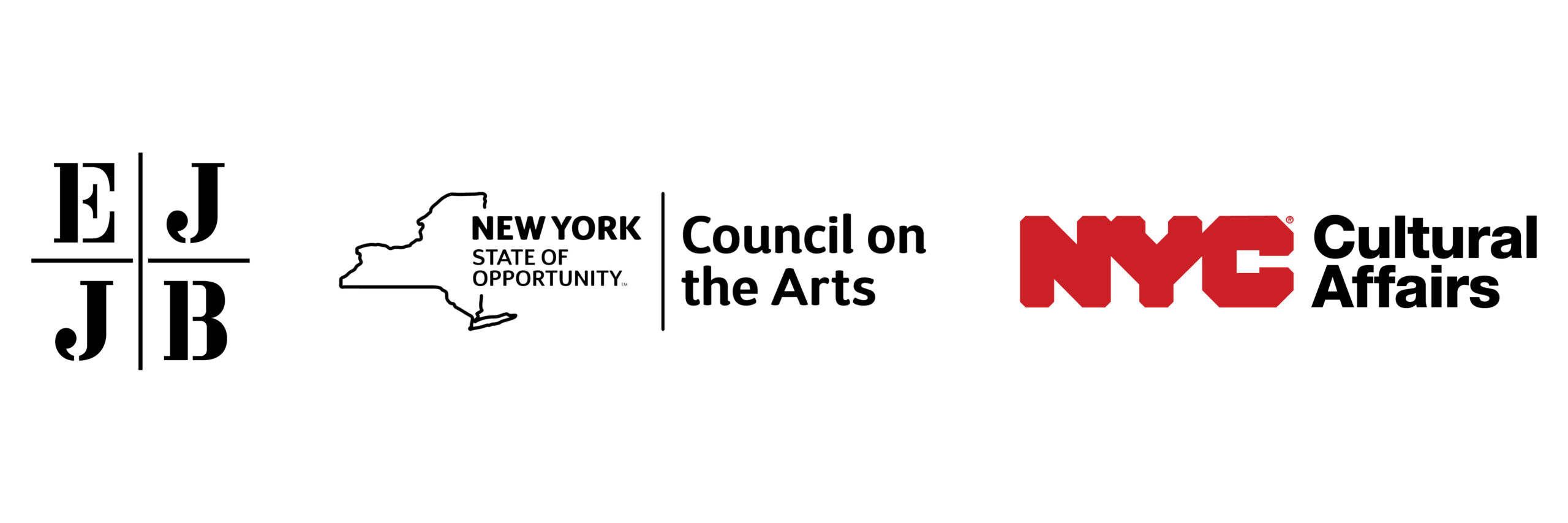Borderless Studio and Felecia Davis
Join us for the first night of the 2022 Emerging Voices series.
March 10, 2022
6:30 p.m.

Left: Borderless Studio | Climate and Cultural Resilience Map Installation, Creative Grounds, Chicago, IL, 2020. Image credit: Brandon Biederman. Felecia Davis Studio | Black Flower Antenna, Museum of Modern Art, New York, NY, 2021. Image credit: Hayato Nishi
The Architectural League’s annual Emerging Voices program spotlights North American architects, landscape architects, and urban designers who have significant bodies of realized work and the potential to influence their field.
Borderless Studio is a design and research practice based in Chicago and San Antonio. Led by principals Paola Aguirre Serrano and Dennis Milam, the studio describes its focus as “connecting communities to design processes and cultivating collaborative design agency through interdisciplinary projects.” In partnership with local stakeholders, Borderless designs and enacts a wide range of urban interventions that aim to promote spatial justice and equity.
Felecia Davis is a researcher and designer focused on the possibilities of computational textiles: “textiles that respond to their environment via programming, embedded sensors, and electronics,” as Davis describes them. Through its varied experimentations with this form, her practice aims to reimagine the possibilities for textiles in architecture, both to achieve lighter-weight buildings and to communicate through fiber.
The presentations will be followed by a conversation with Zach Mortice, a design journalist and critic based in Chicago. Mortice is a frequent contributor to Landscape Architecture Magazine, Bloomberg CityLab, and Architect’s Newspaper, among others. He was a member of the 2022 Emerging Voices jury.
Support
Emerging Voices is generously supported by Elise Jaffe + Jeffrey Brown. The Emerging Voices program is also supported by the Next Generation Fund of The Architectural League. Architectural League programs are additionally supported, in part, by public funds from the New York City Department of Cultural Affairs in partnership with the City Council, and by the New York State Council on the Arts with the support of the Office of the Governor and the New York State Legislature.

